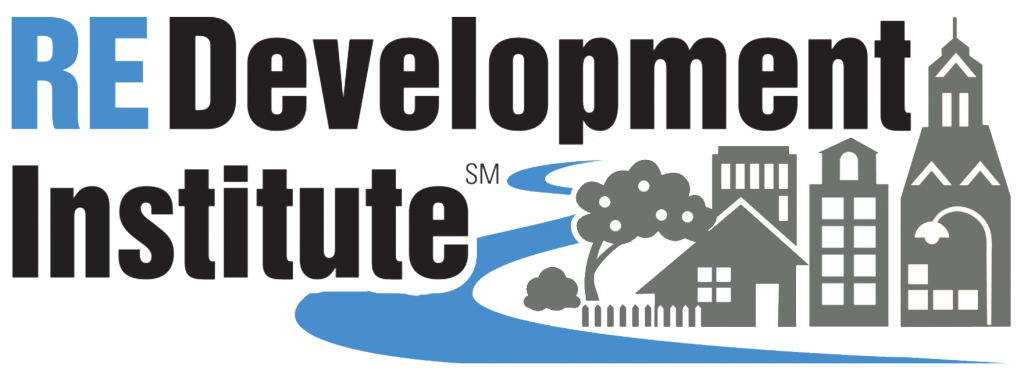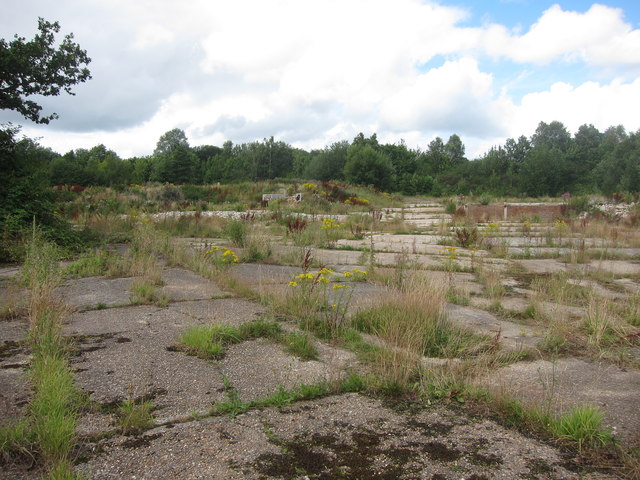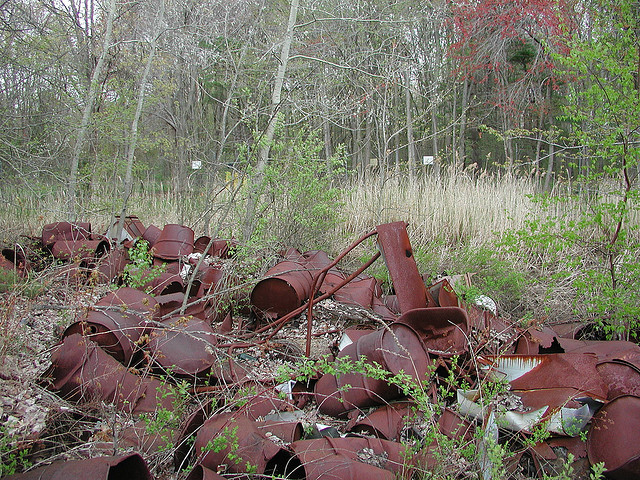President Biden’s promise to cut greenhouse gas emissions in half by 2030 sounds like a wonderful goal, but is it really feasible? In his Bloomberg article, Dave Merrill makes the point that renewable energy sources take up much more space than the fossil-fuel-burning kind. The most intensive plan to graduate to a completely carbon free[…]
In his recent op-ed, Roger Martella agrees with the strategy laid out in President Biden’s Build Back Better plan to focus public investments on the most dire brownfield sites in need of redevelopment. Martella notes that there is an established track record of how to successfully redevelop these sites, and still over 450,000 brownfields across[…]
The Environmental Protection Agency’s (EPA) Office of Brownfields and Land Revitalization recently released a report with findings on the environmental benefits of brownfield redevelopment. The study compared environmental impacts of development at brownfield sites to those at sites that had previously been undeveloped or located in non-urban areas. The key finding is that brownfield redevelopments[…]
by guest blogger Kat West of Skeo Solutions On November 1, 2020, EPA’s Superfund Redevelopment Program released a fact sheet that promotes opportunity zones to help revitalize contaminated and formerly contaminated property, including Superfund sites. Often called ‘once in a lifetime’ tax benefits, opportunity zones represent a significant incentive for Superfund redevelopment across the nation. Approximately 343[…]
Earlier this month, Heartland Forward released its annual report highlighting the country’s most dynamic micropolitan regions—defined as communities with a population between 10,000 and 50,000 people. Consistent with the organization’s focus on improving the economies of America’s heartland through job creation, inclusive growth, and improved health outcomes, Heartland Forward conducts this assessment to allow local[…]
EPA’s Brownfields Program provides funds to empower states, communities, tribes, and nonprofit organizations to prevent, inventory, assess, clean up, and reuse brownfield sites. A brownfield site is defined as real property, the expansion, redevelopment, or reuse of which may be complicated by the presence or potential presence of hazardous substances, pollutants, contaminants, controlled substances, petroleum[…]
As our nation debates a range of public safety and policing issues, the planning community can do its part by creating built environments that intentionally deter crime. The National Institute of Crime Prevention has a professional designation of Crime Prevention through Environmental Design (CPTED) that provides multi-disciplinary training on the architectural and design elements that[…]
Changing a site to something productive takes vision and persistence over a long period of time. This type of work also requires new and creative partnerships. The Overland Jeep 80-acre site in Toledo, Ohio is a great example of working partnerships. Communities consistently make similar common mistakes when going through the long-term recovery process —[…]
Changing a site to something productive takes vision and persistence over a long period of time. This type of work also requires new and creative partnerships. The Overland Jeep 80-acre site in Toledo, Ohio is a great example of working partnerships. From 1888 to 2006, the site was home to Toledo’s century-old automobile manufacturing hub,[…]
On June 4, 2020, the Department of Treasury and IRS issued Notice 2020-39. This Notice modifies the deadlines contained in Notice 2020-23 as described in my May 21st article. The new Notice issued on June 4th provides additional extensions of time to investors of qualified opportunity funds (QOFs) in response to the COVID-19 pandemic. Specifically,[…]








